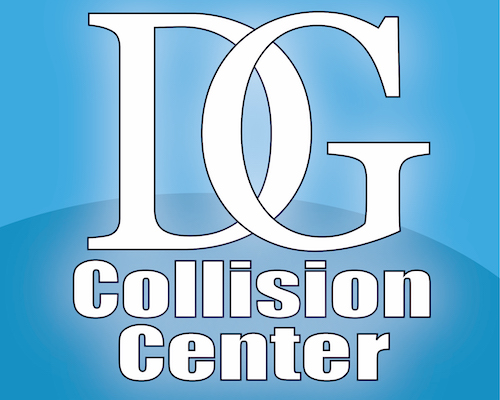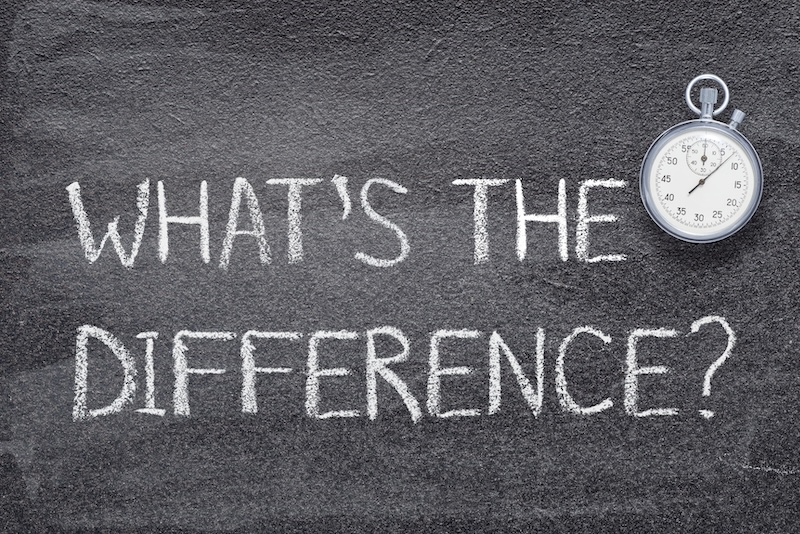 What’s the Difference Between Comprehensive & Collision Insurance?
What’s the Difference Between Comprehensive & Collision Insurance?
If you’ve ever been in a car accident, had a tree branch fall on your vehicle, or discovered unexpected damage in a parking lot, you probably found yourself asking: “Is this covered by my insurance?” And more specifically, “Does this fall under collision or comprehensive coverage?”
We hear these questions all the time at DG Collision Center. While we don’t sell insurance, we work with carriers every day. That means we’ve seen firsthand how different types of policies come into play when it’s time to get a vehicle repaired. Understanding the difference between comprehensive and collision insurance helps you make more informed decisions—whether you’re choosing a policy or figuring out your next step after damage occurs.
The Basics: Comprehensive & Collision Insurance Coverage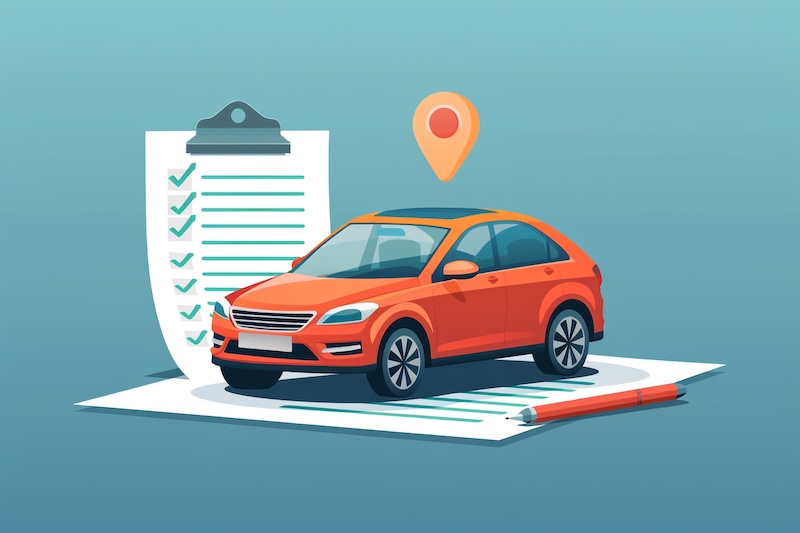
Both types of coverage are considered “optional” in most states, but if you finance or lease your vehicle, your lender likely requires them. Here’s how they break down:
- Collision insurance covers damage to your car from a crash or accident—regardless of who caused it.
- Comprehensive insurance covers damage to your car from non-collision events—things outside your control like theft, weather, or animals.
Let’s take a closer look at what each one typically includes.
What Collision Insurance Covers
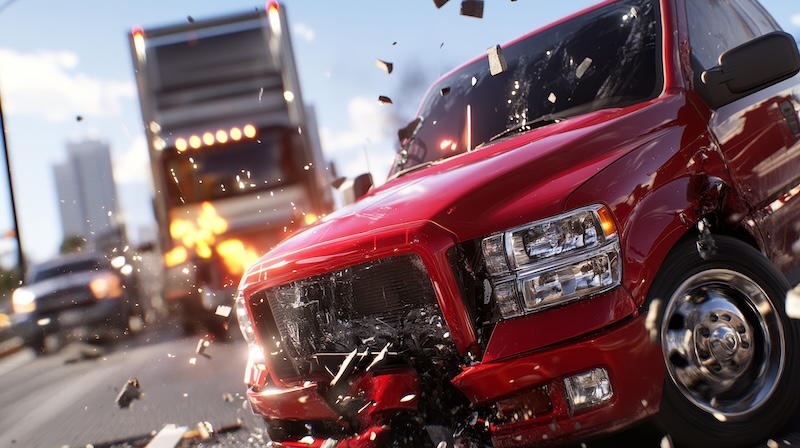 Collision coverage helps pay for repairs to your vehicle when it’s involved in an accident. That includes:
Collision coverage helps pay for repairs to your vehicle when it’s involved in an accident. That includes:
- Accidents with another vehicle
- Single-car crashes (like hitting a pole or guardrail)
- Hit-and-run damage
- Pothole-related damage
- Rollovers, even without another vehicle involved
- If you’re at fault in an accident, your liability insurance covers the other person’s car—collision coverage is what pays for your own. Even if you’re not at fault, having collision coverage can help you get your car repaired faster while the insurance companies sort out liability.
At our shop in Covina, we see many collision repair claims tied to front-end impacts, fender benders, or door damage from side swipes. Collision coverage typically applies in all these scenarios.
What Comprehensive Insurance Covers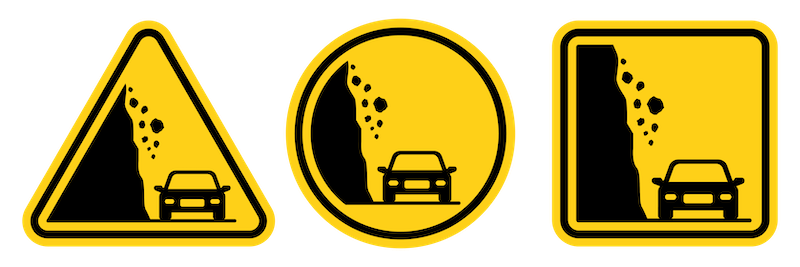
Comprehensive coverage protects your vehicle from damages that weren’t caused by a crash. Common examples include:
- Theft or vandalism
- Broken windows from burglary attempts
- Weather-related damage (hail, flooding, falling branches)
- Animal-related damage (like hitting a deer or rodent-chewed wiring)
- Fire or explosions
- Natural disasters
We’ve repaired vehicles that were damaged during high winds, cracked by falling palm fronds, or keyed in a parking lot. In those cases, comprehensive insurance was the coverage that came into play.
In some situations—like when a car is damaged by a hit-and-run while parked—the type of insurance that applies can depend on your state and your specific policy. That’s why it’s important to talk to your provider when something happens.
What Comprehensive & Collision Insurance Doesn’t Include:
Neither comprehensive nor collision coverage pays for:
- Regular wear and tear
- Mechanical failure
- Maintenance issues
- Medical bills (those fall under personal injury protection or medical payments)
- They also don’t cover damage to another person’s car or property. That’s what your liability coverage handles.
Deductibles and Claims in Comprehensive & Collision Insurance
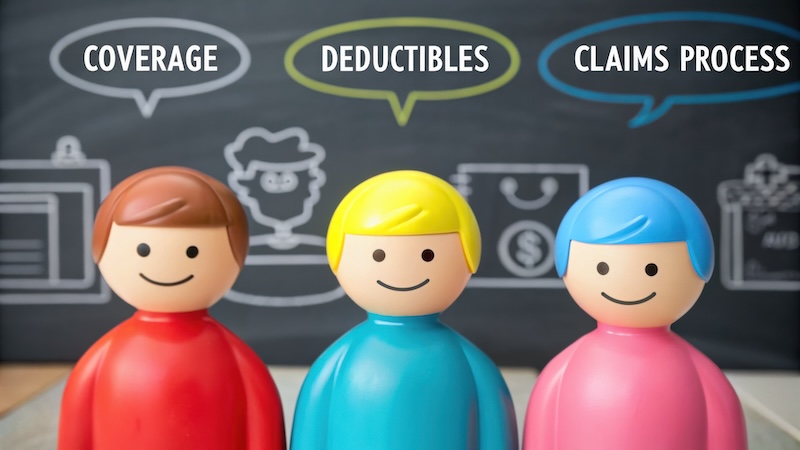 Both types of insurance usually come with a deductible—an amount you pay out of pocket before insurance covers the rest. You can often choose your deductible amount when you set up your policy. Lower deductibles usually mean higher monthly premiums and vice versa.
Both types of insurance usually come with a deductible—an amount you pay out of pocket before insurance covers the rest. You can often choose your deductible amount when you set up your policy. Lower deductibles usually mean higher monthly premiums and vice versa.
When a customer brings in a vehicle after a car accident, one of the first things we do is assess the damage, prepare a detailed estimate, and submit that information to their insurance carrier. We’ll also go over what’s covered, what falls under your deductible, and what might need further authorization.
We help you stay informed and keep the process moving—but it’s always your insurance provider who determines coverage.
Why Insurance Coverage Matters for Auto Body Repair
Knowing whether your damage falls under collision or comprehensive insurance helps you avoid surprises. It can also guide your next steps after the incident. If your car was stolen and recovered, for example, you’d file a comprehensive claim. If you backed into a mailbox, you’d file a collision claim.
As an auto body repair shop in Covina, we’re focused on getting your car back to its pre-accident condition. We work closely with all major insurers to make sure your repair estimate reflects manufacturer standards and that every step—from ordering parts to refinishing—meets your expectations.
Working with Insurance Companies
You don’t have to go through your insurance company’s “preferred” shop list. You have the right to choose where your vehicle gets repaired. We’re happy to coordinate directly with your provider, handle the paperwork, and update them throughout the process. Over the years, we’ve built strong working relationships with many carriers and claims adjusters.
We also take time to explain things clearly, especially for clients who haven’t filed a claim before. Insurance terms can be confusing—our job is to simplify the process and focus on what matters: getting your vehicle repaired safely and efficiently.
What If You Don’t Have Comprehensive & Collision Coverages?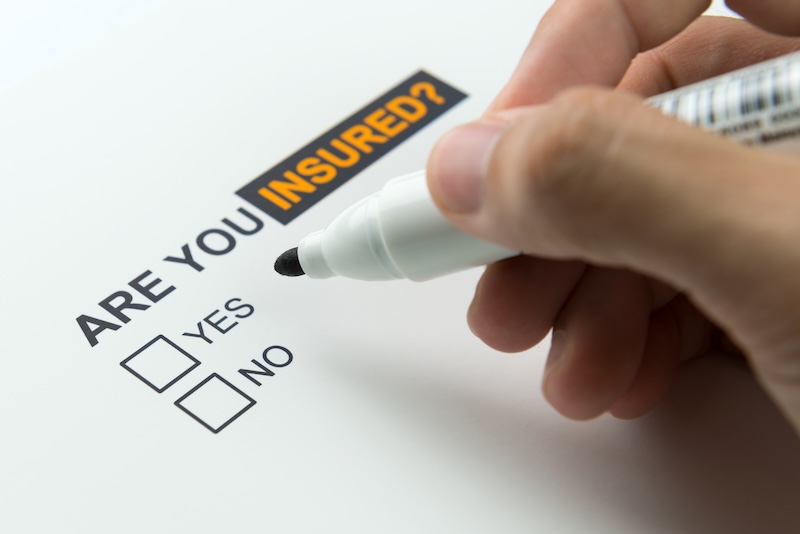
If you don’t carry comprehensive or collision insurance, any damage to your own vehicle won’t be covered unless someone else is found at fault. We’ve worked with customers in that situation, too. In those cases, we provide a straightforward repair estimate and help you explore your options.
We also work with clients who prefer to pay out of pocket for repairs, whether to avoid a premium increase or because the damage is below their deductible.
Let’s Get You Back on the Road
Accidents and damage are stressful enough—you shouldn’t have to navigate insurance on your own. While we don’t sell policies or offer advice on which coverage to choose, we bring years of experience working with claims, estimates, and all types of repair situations.
Whether your damage falls under comprehensive or collision insurance, we’re here to guide you through the process and restore your vehicle with precision and care.
If you have questions or need help after a car accident or unexpected damage, stop by DG Collision Center in Covina. We’ll assess the damage, coordinate with your insurance company, and help you get back behind the wheel—without the stress.
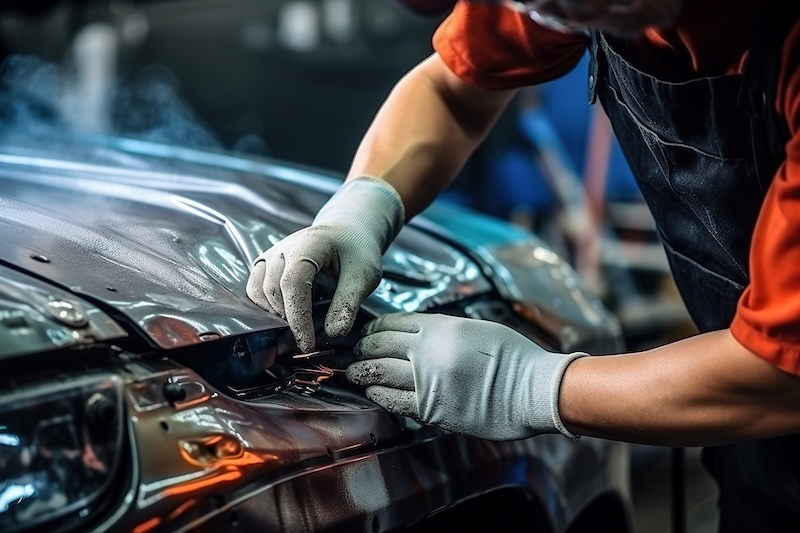 About DG Collision Center, an Auto Body Shop in Covina, California
About DG Collision Center, an Auto Body Shop in Covina, California
We would love to help restore your vehicle following a car accident or comprehensive damage. DG Collision Center in Covina, California is your one-stop-shop in Covina for auto body repair after car accidents. Our highly trained team includes specialized technicians. We work directly with all insurance companies. This enables our customers to file a claim without even needing to be present. We pride ourselves in providing excellent service at DG Collision Center in Covina, California.
